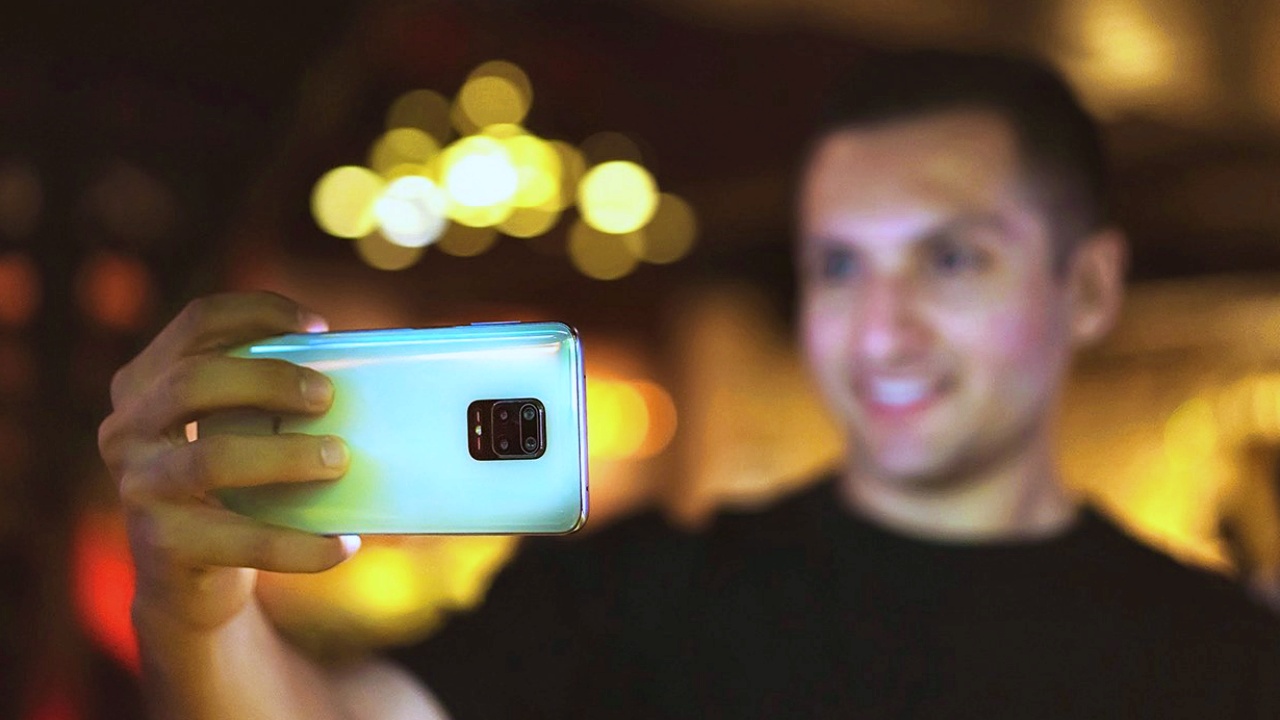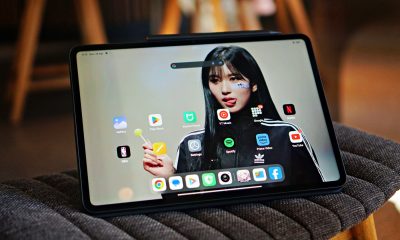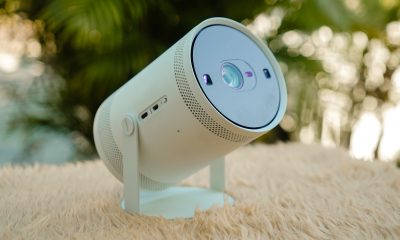India
Xiaomi’s new Redmi Note 9 series now official
Quality specs for less, as usual
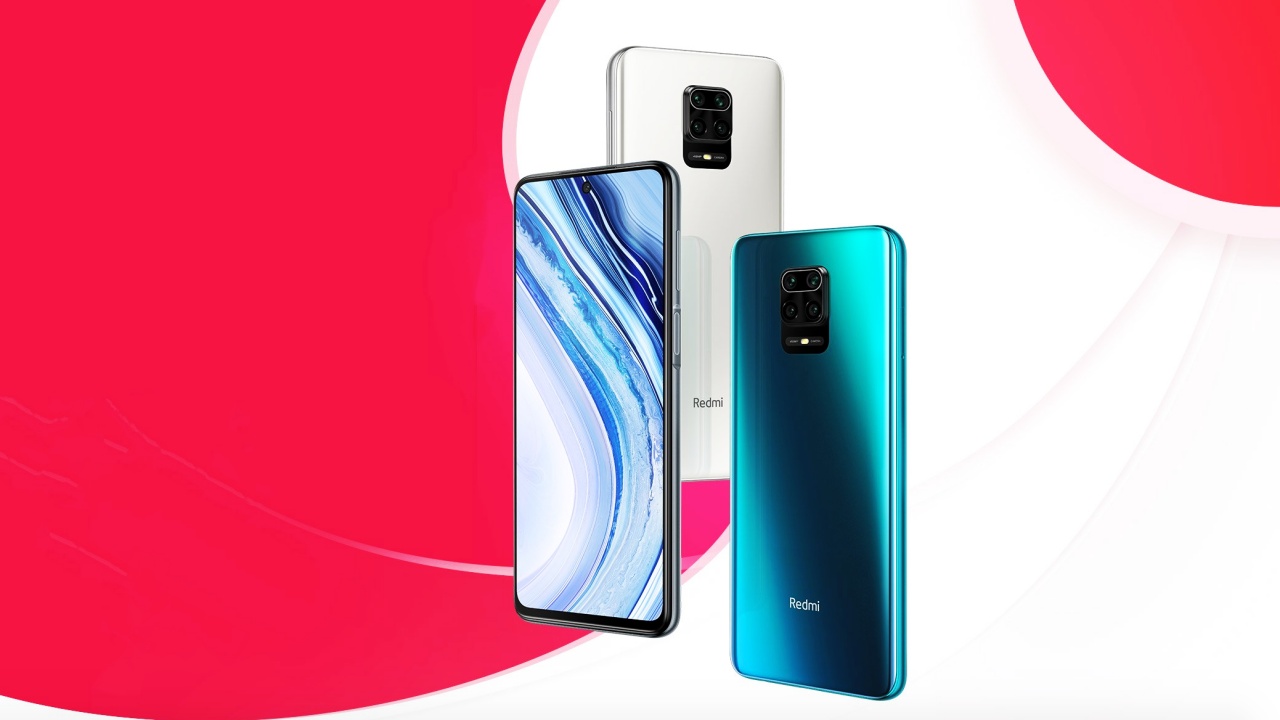
Xiaomi just announced a new addition to their Redmi Note series: the Redmi Note 9 Pro. Since they aim to fuel technological development and adoption in India in particular, the Redmi Note 9 Pro series brings support for ISRO’s indigenously developed navigation system: NavIC.
Redmi Note 9 Pro Max
For the first time, Xiaomi India’s best-selling series Redmi Note introduces a Pro Max variant. This variant features the improved “Aura Balance” design with a 16.9-centimeter FHD+ Dot Display. This Cinematic 20:9 screen and the in-display front camera brings an immersive experience through maximized display size. It’s no surprise that this is Redmi’s largest ever display on a smartphone.
The camera
Display aside, the phone features a quad rear camera setup that fits snugly on the glass back. The quad rear set-up consists of a 64MP Samsung ISOCELL Bright GW1 camera, an 8MP ultra-wide camera, a 5MP macro camera, and a 2MP depth sensor. Xiaomi claims the square design allows a more consistent field-of-view, decreasing the inconsistent shifting of focus when switching lenses.
Meanwhile, the front has a 32MP in-display camera that enables high quality photography, videography and AI Face Unlock while keeping the display undisturbed.
What’s inside
The Redmi Note 9 Pro Max has the Qualcomm Snapdragon 720G coupled with the Adreno 618 GPU clocked at 750MHz. To further improve performance, Xiaomi partnered with ISRO and Qualcomm Technologies to innovate and pioneer navigational tech bringing both NavIC and Qualcomm Snapdragon together. NavIC is ISRO’s indigenous navigation system, which allows lesser Time To Fix (TTF) and better accuracy across India and 1500km around the Indian subcontinent.
The phone features the first of it’s series category to be decked out with a Z-axis linear vibration motor. The Z-axis linear motor enables flagship-like haptic experience, giving users an accurate reading of their location when on Google Maps and motion control gameplay.
Battery
Now, begs the question: how long can it last? The Redmi Note 9 Pro Max can take a beating for more than just a day with it’s 5020mAh battery while maintaining a slim profile.
Redmi Note 9 Pro
The Redmi Note 9 Pro, of course like the Redmi Note 9 Pro Max, gets decked out with latest Qualcomm Snapdragon 720G. And, like the Redmi Note 9 Pro Max, it also brings support for NavIC.
The Redmi Note 9 Pro also has a quad rear camera set-up composed of: a 48MP Samsung ISOCELL Bright GM2 camera, an 8MP ultra-wide angle camera, a 5MP macro lens, and a 2MP depth sensor. For selfie lovers, the phone has a 16MP front camera.
As for the battery, the phone has a 5020mAh battery that can take more than a day of non-stop use.
Availability
Redmi Note 9 Pro Max will be available in three color variants: Interstellar Black, Aurora Blue and Glacier White in INR 14,999 (US$ 202) to INR 16,999 (US$ 229) — depending on storage. It will be available on mi.com, Amazon India, Mi Homes, and Mi Studios starting 25th March.
Redmi Note 9 Pro will be available in three color variants: Interstellar Black, Aurora Blue and Glacier White for INR 12,999 (US$ 175) to INR 15,999 (US$ 215) on mi.com, Amazon India, Mi Homes and Mi Studios starting 17th March.
Both the devices will be available across all offline partner stores soon.

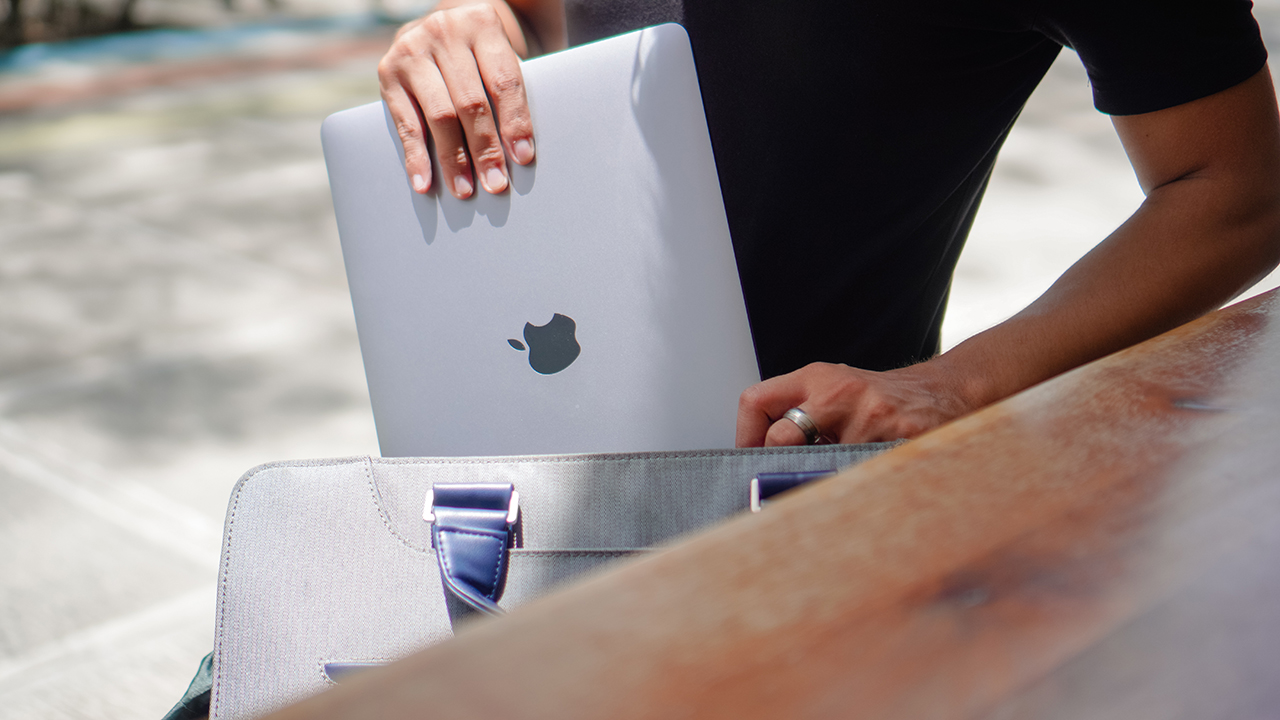
There’s no doubt that India is a major market for technology. While the country has its own brand preferences outside of the world’s usual, everyone still wants to get a piece of the market. To the dismay of global companies, the country is realizing the potential of its own market. Effective immediately, India has started restricting imports for new laptops, tablets, and PCs.
Recently, India made some headlines in the smartphone industry. A few companies, including Apple, have poured funds into building factories in India. Locally produced devices will allow these companies to attract the Indian market better. With the new regulations out today, it looks like these brands are going to enjoy a head start over others who aren’t in the country yet.
The Indian government introduced a new restriction (via Reuters) against the importation of “laptops, tablets, all-in-one personal computers, and ultra-small form factor computers and servers” made from other countries. Customers, however, will get an exemption. Airline passengers can still bring in these devices in their luggage. Additionally, a single imported device is allowable when bought through e-commerce platforms. Companies can import their products only by applying for a special license.
In a nutshell, bulk orders without a license are out. The government is instead encouraging users to buy locally produced products as part of its “Make in India” program. At the very least, it’s not a total ban on foreign brands. For example, Dell, HP, and Lenovo are exempt from the regulations since they already have production facilities built in the country.
SEE ALSO: Samsung overtakes Xiaomi as top phone brand in India

Attacking a huge smartphone market is difficult. With preferences constantly evolving, it can get tricky to figure out the best lineup to capture most of a market. Samsung, however, has just done it. In the last quarter of 2022, Samsung has taken the crown from Xiaomi as the bestselling smartphone brand in India.
India is an important market for most smartphone brands. It’s one of the largest markets in the world. However, despite its size, the biggest players are often those who offer more affordable devices for consumers. Budget is the name of the game if a brand wants to make it big in the country.
Things are changing, though. According to new market data (via Reuters), Samsung has nabbed the throne from the former leader, Xiaomi. In the last quarter of 2022, the Korean brand grabbed 20 percent of the market, while the latter only got 18 percent.
In a trend dubbed as premiumization, Indian consumers are reportedly enjoying more disposable income, resulting in more willingness to buy pricier products. Additionally, the report hints that consumers have started equating lower prices with inferior quality.
With the market trending towards more premium products, Samsung took the lead with a lineup that consists more of midrange to premium devices. It will also be interesting to see if Apple, an even more premium brand, can also make a dent in the Indian market.
SEE ALSO: Buyer’s Guide: Samsung Galaxy S23 Ultra
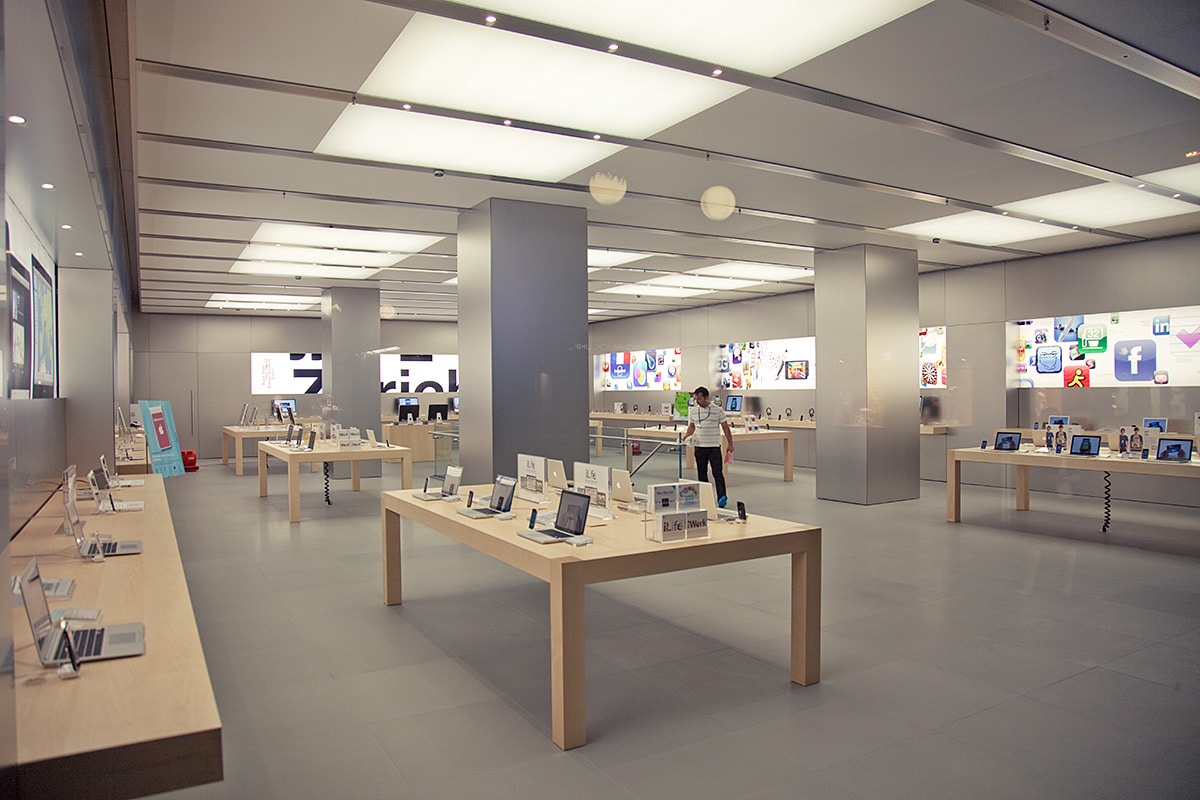
For one of the largest smartphone markets in the world, India is one of the rarer countries where Apple does not outright dominate. Undoubtedly, the company is trying to change that. Ongoing job listings in India are suggesting that Apple is ready to open its first brick-and-mortar store in the country.
First reported by Financial Times, Apple has posted job openings in India for several retail roles including for the iconic Genius Bar. Another clue even indicates that some spots have already been filled ahead of time. A few employees in the country have reportedly posted about their new jobs on LinkedIn.
Unfortunately, none of the job listings show how many stores are planned and where they will be. Narrowing things down by a bit, a few of the confirmed employees are from Mumbai and New Delhi. The report also does not indicate when the stores will open. However, since a few have already been hired, a grand opening might be coming soon.
Apple has a lot to gain by strengthening its foothold in India. The country is an important stronghold for smartphone companies. However, the company might find things harder as time goes by. The country recently dictated that brands must switch to USB-C if they want to sell their devices in India. All over the world, Apple remains the last stalwart against adopting the more universal standard.
-

 Reviews1 week ago
Reviews1 week agorealme 12 5G review: It was enchanting to meet you
-

 Reviews4 days ago
Reviews4 days agoOnePlus 12R review: Making sense of OnePlus’ latest flagship
-

 Buyer's Guide2 weeks ago
Buyer's Guide2 weeks ago2024 Samsung TV: Buyer’s Guide
-

 Reviews2 weeks ago
Reviews2 weeks agoJBL Soundgear Sense review: Make every run magical
-
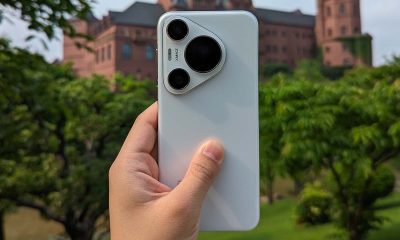
 Smartphones3 days ago
Smartphones3 days agoHuawei Pura 70 Pro Unboxing and First Impressions
-

 Reviews2 weeks ago
Reviews2 weeks agoChallengers review: A thrilling drama wrapped as a tennis anime
-
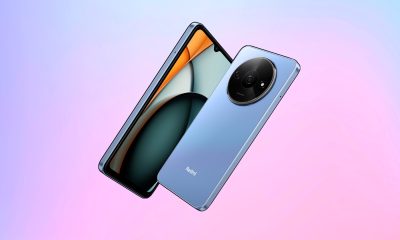
 News1 week ago
News1 week agoXiaomi Redmi A3 Philippine pricing, availability
-

 Smartphones1 week ago
Smartphones1 week agoInfinix NOTE 40 Pro+ 5G: Philippine pricing, availability


